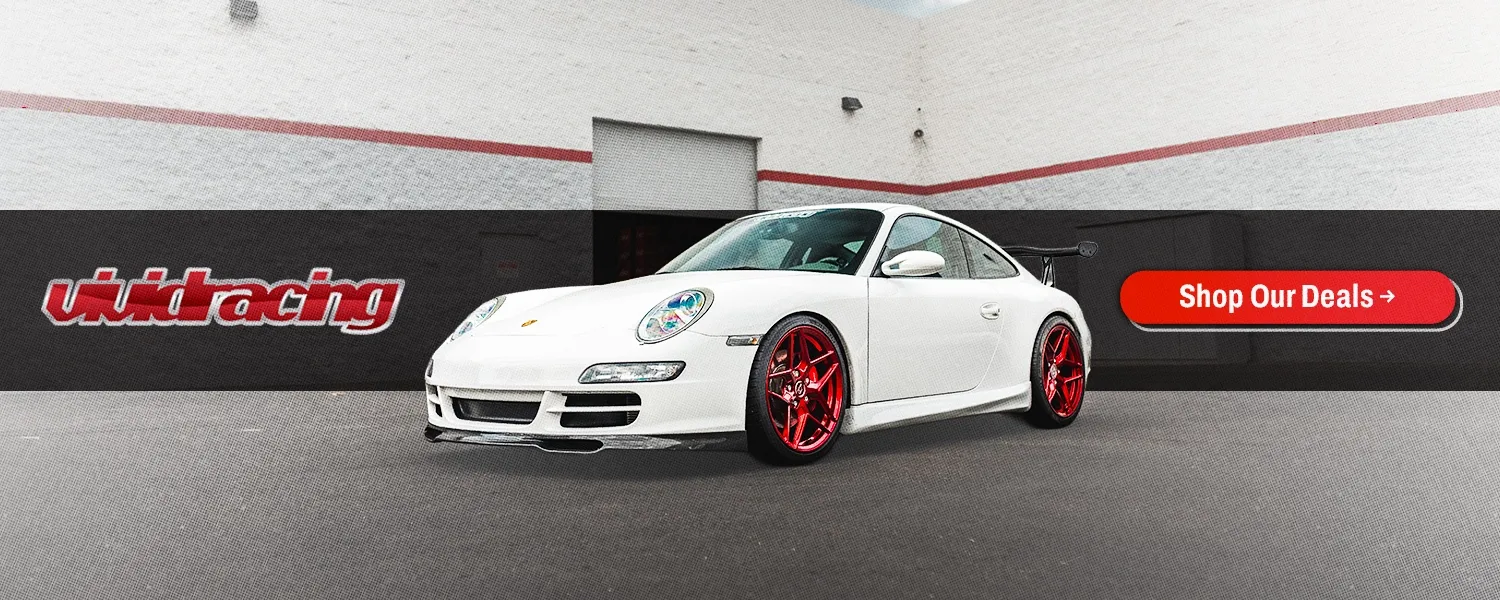

Valves are mechanical components utilized in internal combustion engines to allow or restrict the flow of fluid or gas to or from the combustion chambers or cylinders during operation. They function similarly to many other types of valves in that they block or allow flow. However, they are purely mechanical devices that interact with other engine components, such as rocker arms, to open and close in the correct sequence and timing. Engine valves are common to several kinds of combustion engines, whether they use gasoline, diesel, kerosene, natural gas, or propane as fuel. The number of cylinders, which are the combustion chambers that generate power by igniting fuel, varies between engine types. In addition, they vary by the type of operation (2-cycle or 4-cycle) and by the design placement of the engine's valves [overhead valve (OHV), overhead cam (OHC), or valve in block (VIB)].
Numerous components make up the engine valve. Depending on the type of engine, the camshaft, which is a long shaft that passes through the engine's head or block, is the most common and significant component. Along the length of the shaft, there are lobes whose profiles are egg-shaped. The dimensions of these lobes are what determine the amount of lift. The greater the lift, the longer the valves remain open, permitting more air to enter the cylinder. The push rods are one of the diesel engine components that are not always used. Additionally, they will only be utilized when the cam is in the block and not overhead. A push rod is a rod that propels the rocker arm upward. It will move in response to the camshaft follower's motion. The pushrod is also responsible for transporting oil to the cylinder head. A rocker arm is a lever that pivots and presses on the valve stem. Rocker arms are sometimes referred to as rocker levers or simply rockers. Depending on the type of valve train, the rotating camshaft lobes will push either directly on the rocker arm or on the push rods, which will transmit this motion to the rocker arm. Roller-shaped cam followers are integrated into the rocker arm of an overhead cam engine. Rocker shafts are the shafts that rockers are mounted on. This shaft serves as the pivot point for the rocker arms as well as the oil conduit for the various rocker arms.
In addition, the valve consists of two major components: the valve head and the valve stem. The valve's head is what allows air to enter and exit the cylinder. The stem is what the rest of the valve train presses against. Valve bridges permit a single rocker to control multiple valves. It possesses a stem or bridge that rests on both valve stems so that when the rocker is depressed, the valve stems are also depressed. The camshaft exerts an upward force on the rocker arm, which acts to depress the valve. However, the cam does not pull the pushrod or rocker arm back as it rotates. Therefore, a valve spring is utilized to generate force in the opposite direction and close the valve. The spring will hold the valve closed until the camshaft lobe comes around and pushes it down with greater force.
It is rarely easy to find the ideal aftermarket component. We completely understand, and we are here to assist you in locating the correct engine valve components and upgrades for your particular application. Our passion is assisting customers in creating their dream vehicles. Each individual has a preferred appearance, color, effect, and passion, and we are here to assist you in achieving those preferences. Vivid Racing guarantees that their products meet the quality, comfort, and strength requirements of their customers.